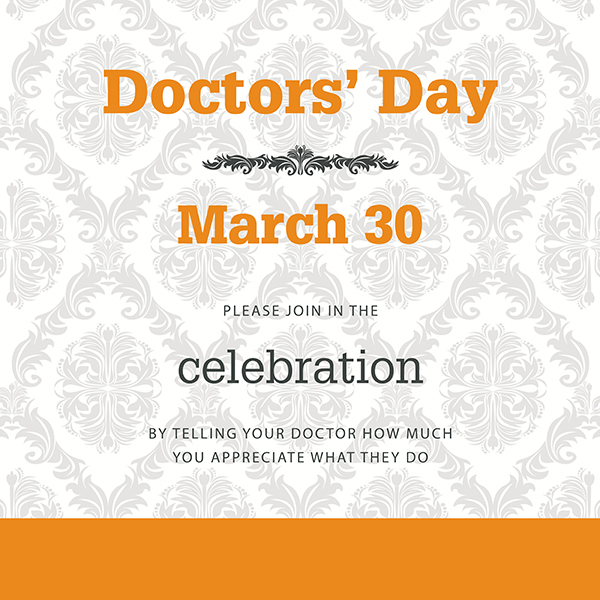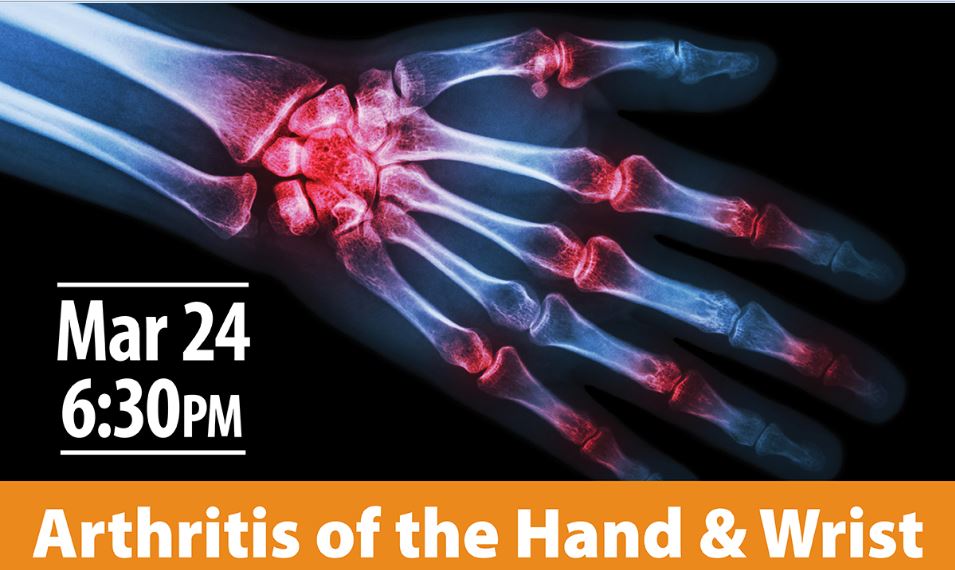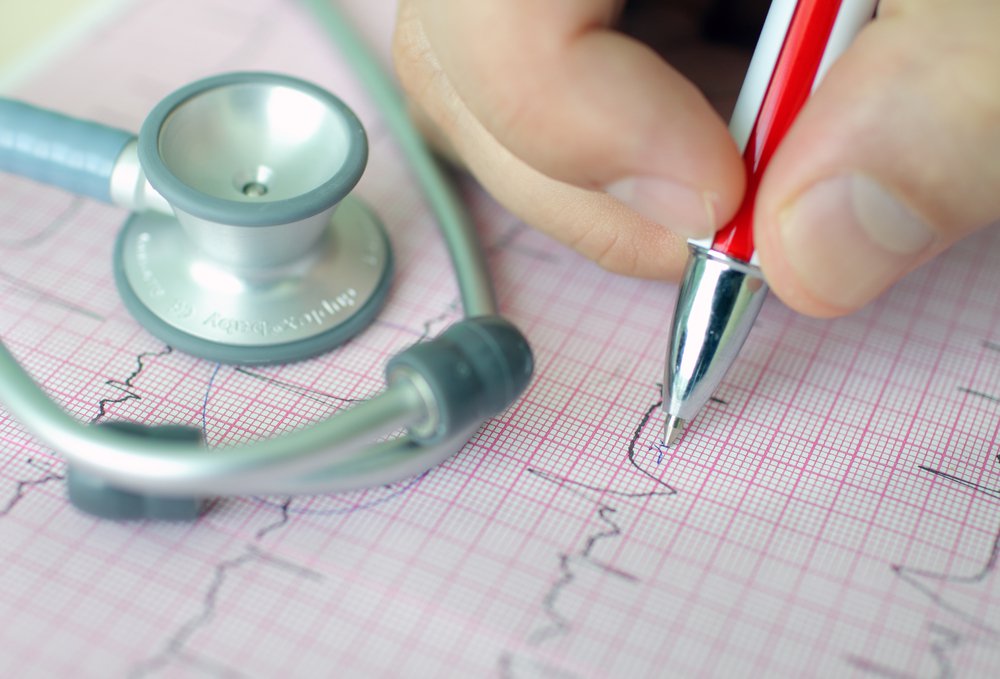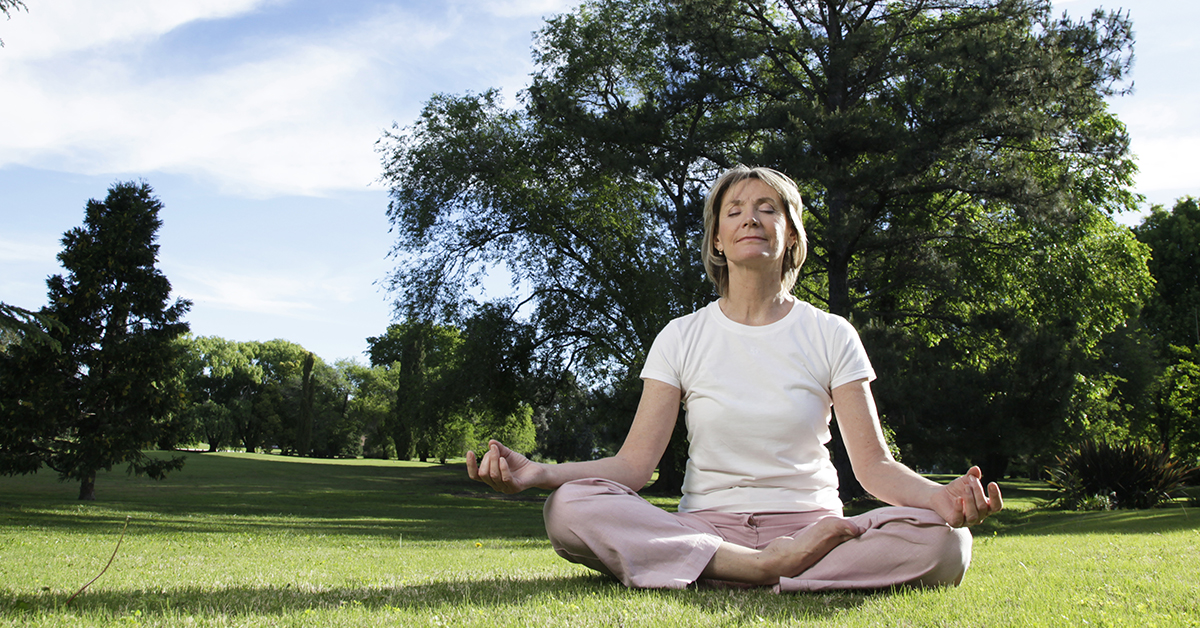By working together, we’re making Eastern Idaho a better place
Around here, we take care of our own. We look out for our families, and help our neighbors. So when we saw a way to make our healthcare even better, we all pitched in to do what none of us could accomplish alone.
With lots of hard work and ingenuity, everyone in our community – doctors, business leaders, all of us in Bannock County – came together to create new partnerships to help us reach our potential for high-quality care.



 Sooner or later, you or someone you know will probably suffer from a heart rhythm abnormality. Any abnormal heart rate or change from your normal heart rhythm pattern is referred to as an arrhythmia, a problem in the electrical system in the heart.
Sooner or later, you or someone you know will probably suffer from a heart rhythm abnormality. Any abnormal heart rate or change from your normal heart rhythm pattern is referred to as an arrhythmia, a problem in the electrical system in the heart.
